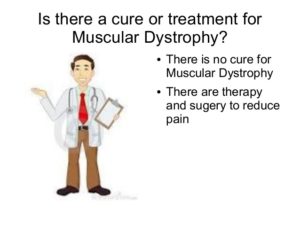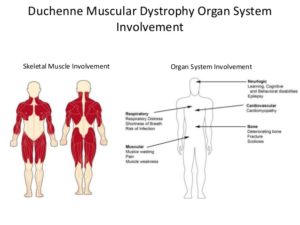The most common form of muscular dystrophy – Duchenne muscular dystrophy – typically affects young boys, but other variations can strike in adulthood.
Currently, there is no cure for muscular dystrophy, but certain physical and medical treatments can improve symptoms and slow the disease’s progression.
is a group of diseases that make muscles weaker and less flexible over time. It is caused by a problem in the genes that control how the body keeps muscles healthy. For some people, the disease starts early in childhood. Others don’t have any symptoms until they are teenagers or middle-aged adults.
How muscular dystrophy affects you or your child depends on the kind. Most people’s condition will get worse over time, and some people may lose the ability to walk, talk, or care for themselves. But that doesn’t happen to everyone. Other people can live for many years with mild symptoms.
There are more than 30 kinds of muscular dystrophy, and each is different based on:
- The genes that cause it
- The muscles it affects
- The age when symptoms first appear
- How quickly the disease gets worse
People usually get one of nine major forms of the disease:
- Duchenne muscular dystrophy (DMD) is the most common form. It mainly affects boys, and starts between ages 3 and 5.
- Becker muscular dystrophy is like Duchenne, except milder. It also affects boys but the symptoms start later — between ages 11 and 25.
- Myotonic muscular dystrophy is the most common form in adults. People who have it can’t relax their muscles after they contract. It can affect both men and women, and it usually starts when people are in their 20s.
- Congenital muscular dystrophy starts at birth or shortly afterwards.
- Limb-Girdle muscular dystrophy often starts in a person’s teens or 20s.
- Facioscapulohumeral muscular dystrophy affects the muscles of the face, shoulders, and upper arms. It can affect anyone from teenagers to adults in their 40s.
- Distal muscular dystrophy affects the muscles of the arms, legs, hands, and feet. It usually comes on later in life, between ages 40 and 60.
- Oculopharyngeal muscular dystrophy starts in a person’s 40s or 50s. It causes weakness in the muscles of the face, neck, and shoulders, and droopy eyelids (ptosis), followed by difficulty swallowing (dysphagia).
- Emery-Dreifuss muscular dystrophy affects mainly boys, usually starting around age 10. People with this form often have heart problems along with muscle weakness.
Stayed tune for part III this weekend!

